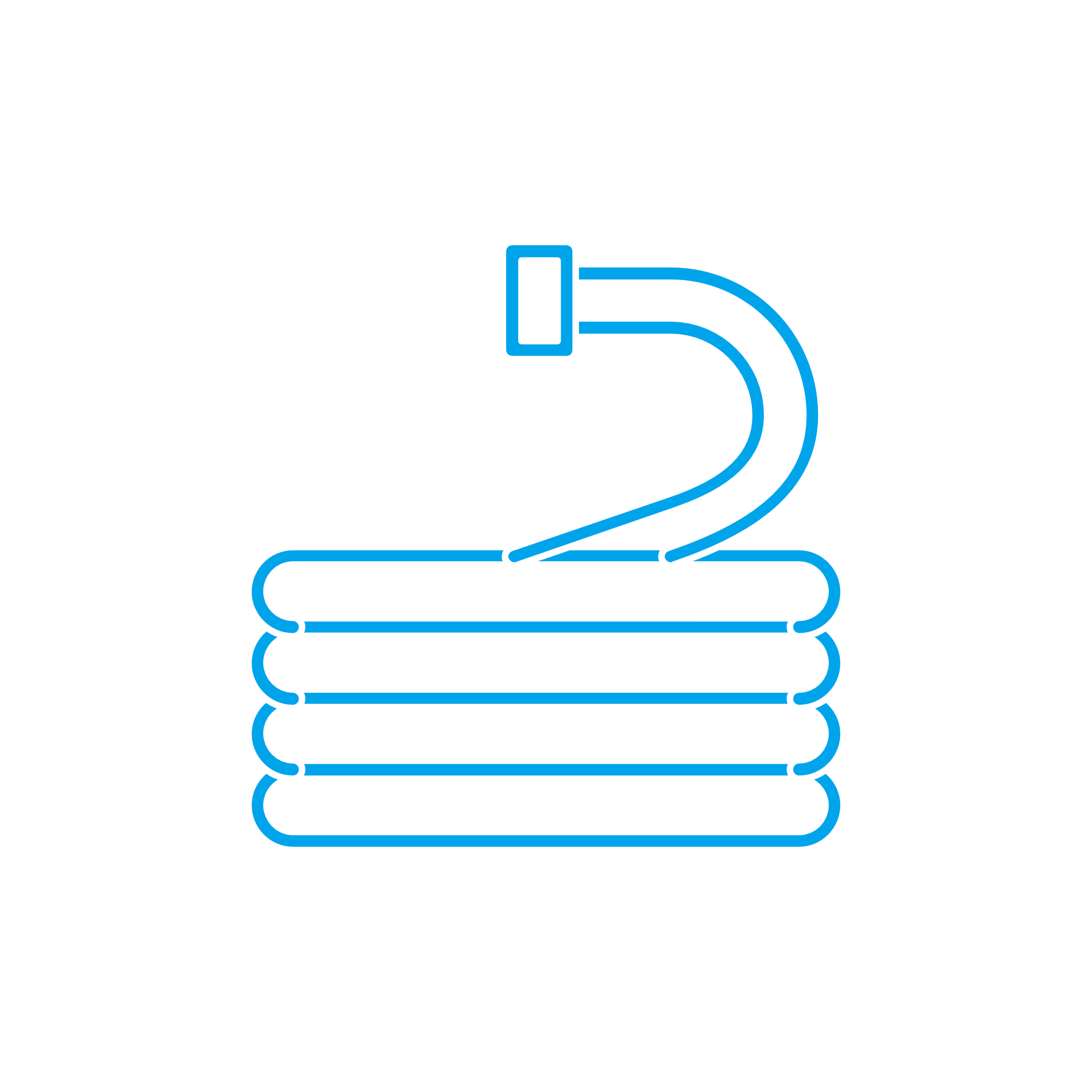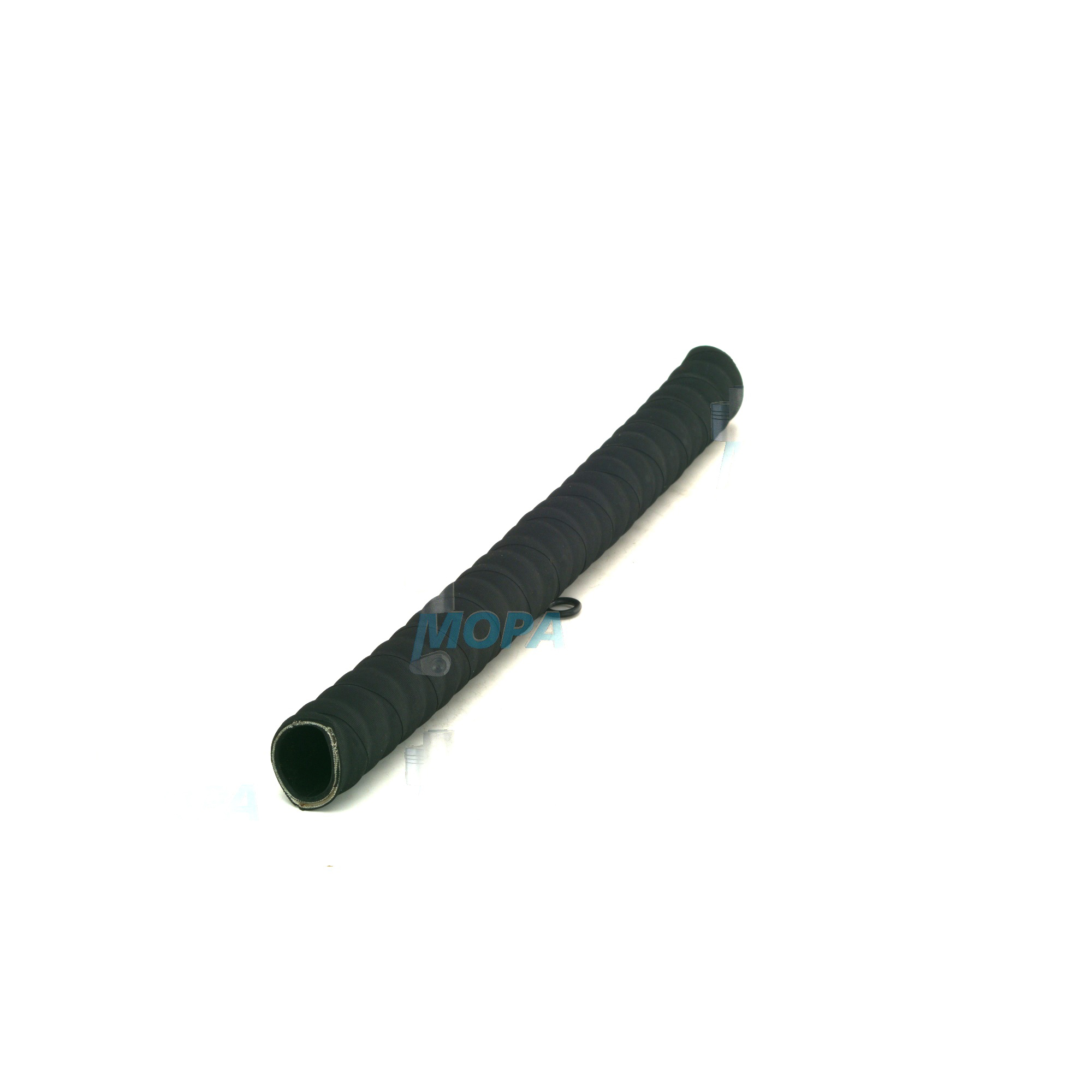INTAKE HOSE and Hoses for High‑Demand Marine and Diesel Engines
Hoses are flexible, pressure- and temperature‑rated connectors that route air, liquids, and gases between fixed components in an engine. In marine and diesel engine environments, hoses bridge the gaps between engine blocks, intercoolers, pumps, filters, tanks, and manifolds, allowing for vibration, thermal expansion, and tight packaging. From cooling and lubrication circuits to charge‑air and ventilation paths, well‑engineered hoses are indispensable for stable operation, clean combustion, and safe engine rooms.
Within this category, the INTAKE HOSE is a central air path component that ensures measured, filtered air reaches the compressor or intake manifold without leaks or collapse. Alongside coolant, fuel, oil, and exhaust flex hoses, intake and charge‑air hoses must endure dynamic loads, pulsation, and harsh media while maintaining strict dimensional stability. Selecting the right construction and specification for each hose run is critical to engine performance, fuel economy, and uptime.
Technical function of Hoses and the INTAKE HOSE in diesel engine and marine engine systems
Engine hoses serve as engineered conduits that handle flow under pressure or vacuum and compensate for misalignment and movement. Materials and constructions vary by duty: EPDM for coolant, NBR or FKM liners for fuel and oil resistance, high‑temperature silicone for charge‑air service, and reinforced composites or stainless braid where abrasion or pressure spikes are expected. Geometry—straight, formed elbows, reducers, and multi‑leg assemblies—minimizes pressure drop and ensures consistent flow.
The INTAKE HOSE specifically carries filtered air from the air cleaner to the turbocharger or intake manifold. In a diesel engine or marine engine, it must resist vacuum collapse during high load, maintain airtight connections to protect the compressor from ingesting contaminants, and preserve smooth internal surfaces to support laminar flow and low turbulence. When combined with intercooler and charge‑air piping, a correctly specified intake hose stabilizes mass airflow readings, preserves turbo efficiency, and reduces NVH (noise, vibration, harshness).
Typical features include multi‑ply reinforcement for burst and vacuum ratings, oil‑mist resistant liners to withstand crankcase vapors, ozone‑resistant covers for long life in engine rooms, and molded beads or quick‑connect ends that lock to mating ducts. In performance terms, a robust INTAKE HOSE and related charge‑air hoses help maintain target boost, protect against compressor surge, and deliver consistent combustion air density for reliable power and lower specific fuel consumption. For fleets that require traceable OEM parts, the correct INTAKE HOSE OEM parts preserve compliance with emission calibration and airflow sensor accuracy.
Key characteristics and advantages of Hoses
· Engineered for pressure, vacuum, and pulsation
· Temperature‑rated materials for hot and cold zones
· Chemical‑resistant liners for fuel, oil, and coolant
· Reinforced construction for burst and collapse resistance
· Formed geometries to reduce pressure drop
· Abrasion-, ozone-, and salt‑mist resistance for marine use
· Secure couplings with beaded ends or quick‑connects
· Validated fit for sensors, clamps, and brackets
Why Hoses are critical for reliable engine operation
Hoses operate at the intersection of heat, vibration, and chemically aggressive media. If a coolant hose softens, delaminates, or bursts, overheating and consequential damage can follow within minutes. A compromised fuel hose risks permeation, air ingress, or leakage that leads to hard starting, power loss, and safety hazards. Oil hose degradation may starve bearings and turbochargers, accelerating wear and raising overhaul costs.
For the air path, a cracked or collapsing INTAKE HOSE can admit unfiltered air that erodes compressor blades and cylinders, trigger false readings at the mass airflow or MAP sensor, and cause turbo overspeed due to flow instability. Leaks in charge‑air connections reduce boost, increase exhaust temperatures, and elevate fuel consumption. In marine engine rooms, poor hose integrity can also jeopardize compliance with safety and classification requirements, and can create avoidable downtime that disrupts voyages and service schedules.
Advantages of OEM spare parts suitable for Hoses and INTAKE HOSE applications
Using OEM spare parts suitable for Hoses secures the mechanical and dimensional fidelity that complex engine systems depend on. Air, fuel, and coolant pathways are calibrated around specific inside diameters, wall stiffness, bend radii, and surface finishes. Deviations affect pressure drop, pulsation, and sensor behavior. With OEM spare parts, engineers and operators gain repeatable fit, predictable life, and stable performance across maintenance cycles.
· Precise geometry that maintains designed airflow and fluid dynamics
· Material specs matched to heat, oil mist, chemical exposure, and vibration
· Verified burst and vacuum ratings for safety margins under peak load
· Correct end forms and interfaces for clamps, quick‑connects, and sensors
· Lower lifecycle cost through long service intervals and reduced rework
· Consistency across engines in a fleet for streamlined maintenance
· Traceable parts that align with class documentation and audit needs
For the INTAKE HOSE in particular, OEM spare parts ensure the proper coupling with the air cleaner, turbo inlet, and breather take‑offs, preserving airflow stability in both diesel engine and marine engine installations. The result is a reliable seal, optimized compressor efficiency, and sustained compliance with emission calibrations.
MOPA: your partner for OEM spare parts Hoses and INTAKE HOSE needs
MOPA supplies OEM parts for diesel and gas engines with a focus on quality, speed, and transaction security. As a dedicated partner for OEM spare parts Hoses, MOPA helps you source the exact INTAKE HOSE assemblies, coolant and charge‑air hoses, and associated clamps and couplings specified by the engine manufacturer. Fast quotations, reliable lead times, and meticulous part identification support tight dry‑dock windows and industrial shutdown schedules.
Whether you manage a single vessel or a fleet, MOPA provides technical clarity on materials, ratings, and part supersessions, streamlining procurement and minimizing risk. From marine engine intake systems to land‑based diesel powerplants, MOPA’s global logistics and documentation support keep your maintenance work orders moving without compromise.
INTAKE HOSE OEM parts for marine engine and diesel engine fleets
Leverage MOPA’s access to OEM spare parts to match the specified INTAKE HOSE, charge‑air silicone elbows, fuel and oil hose assemblies, and coolant connectors. You get parts that align with engineered dimensions, reinforcement schemes, and media compatibility—delivered quickly and with full traceability for your records.
Conclusion: Hoses and INTAKE HOSE at a glance
Hoses are core components that safeguard airflow, cooling, lubrication, and fuel delivery. A properly specified INTAKE HOSE keeps air clean, stable, and efficiently routed to the engine, underpinning performance and longevity.
Choosing OEM spare parts suitable for Hoses ensures accurate fit, proven durability, and dependable operation throughout the service life of marine and diesel engines—backed by MOPA’s speed, quality, and secure OEM parts supply.


